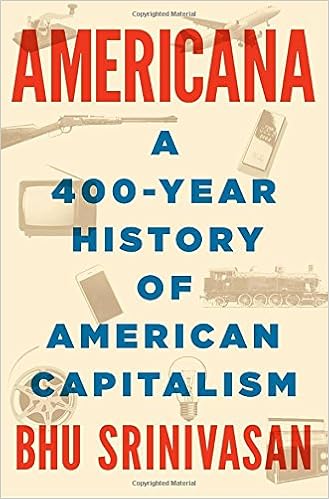One of the hardest chapters to read in this book was about slavery. Historical records actually showed what happened at a slave auction. A 27 year old prime cotton planter could be sold for $1200. His wife $900 and young children sold for $200 because they are only productive when they reached adulthood. Slavers were wise and would not allow a slave family to be split up via an auction, but they were less kind to couples who are courting or close friends.
Interestingly, the slave trade in the US can tell us a thing or two about what an ideal investment looks like.
Slavery was lucrative because it powered the cotton economy. Owning a slave in those days was similar to owning a BMW, its a sign that a white slave owner has arrived.
Eventually, slavery became the monetary base of the US South for the following reasons :
- Careful management of slaves led to steady dividends from the yields in the cotton fields.
- Slaves appreciate in value as the value of cotton went up.
- A slave can be made into a collateral for a loan. This made ownership of a slave easier because you can pay a smaller down-payment and borrow the rest. You can leverage your portfolio of slaves.
- Slaves can breed with each other to create more slaves.
Slaves were so fundamental to the southern states that it is no longer possible to frame the issue of slavery in terms of morality. A widow may own part of the equity of slave with the rest financed by credit from bank, so it is simply not a moral decision for her to simply set her slave free. The slave was not fully hers to begin with !
Eventually, much like cryptocurrencies we see today, a bubble was formed when slave prices skyrocketed in the 1850s. A decade later, the US Southern states were willing to start a Civil War to maintain their rights over their slave labor.
The ideal properties of an asset class has not changed throughout history.
The closest asset class to a slave in modern Singapore society is the REIT. Real estate is a scarce resource, it generates yields and can be leveraged. The only thing real estate cannot do is to breed with other real estate property but it can be argued that yields can easily be used to more units of REITs. This is especially so if you can borrow at a low rate of interest.
I think an understanding of history will allow us to really confront the lunatic fringe financial articles that has of late been very critical of REITs and its role in Singapore. There are accusations that REITs artificially inflate consumer prices and is one of the great Satans of Singapore capitalism.
Without even getting into the debate of whether REITs or real estate ownership is right or wrong, we should remind ourselves that real estate is now too mixed up with credit and has become some sort of a monetary base itself in Singapore. Even older folks need REITs to fight inflation and maintain their standard of living in the face of perpetually increasing priuces.
At this stage, like in America in the 1800s, only a serious class warfare or bloodshed can get investors to give up on their REIT portfolios that they fought so hard to accumulate.
While possibly no blood will be shed over REITs, we should expect a bit of drama at the ballot box.

No comments:
Post a Comment